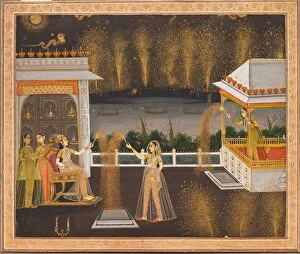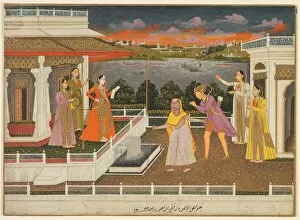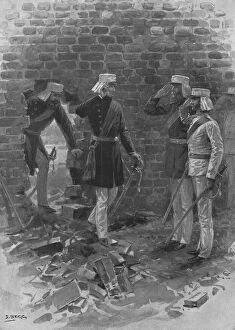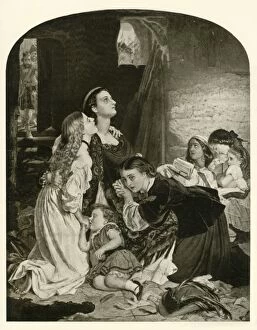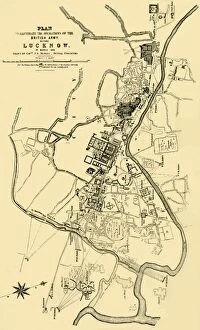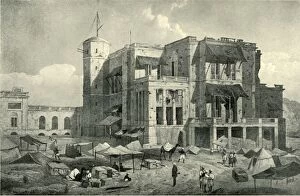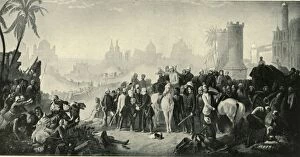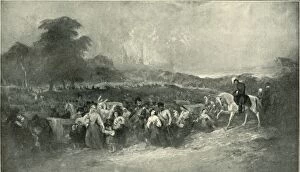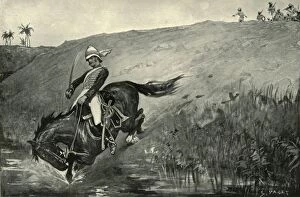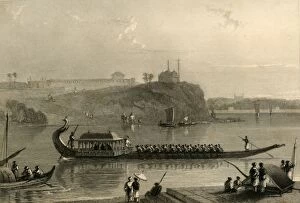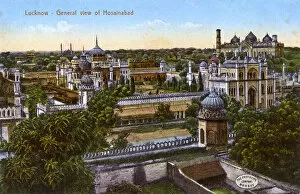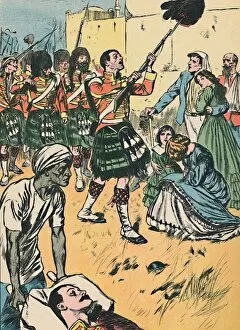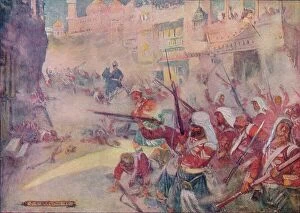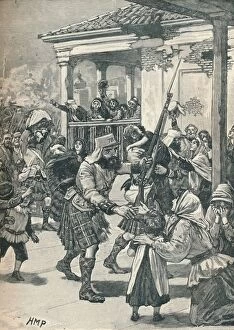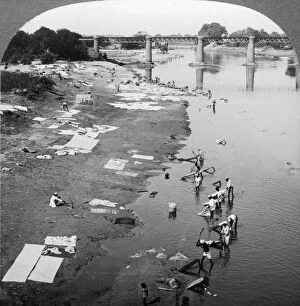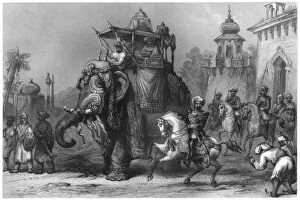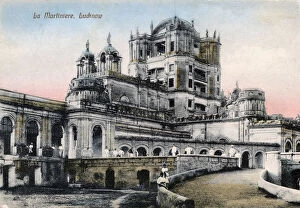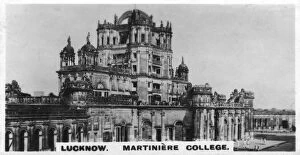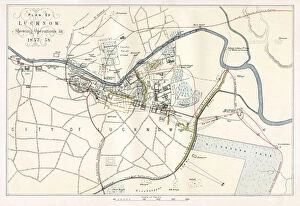Lucknow Collection (page 6)
Lucknow, the city of rich history and cultural heritage, has witnessed numerous significant events that have shaped its identity
For sale as Licensed Images
Choose your image, Select your licence and Download the media
Lucknow, the city of rich history and cultural heritage, has witnessed numerous significant events that have shaped its identity. From the Union Flag fluttering over the Lucknow Residency during the Siege to Colonel Mordaunt engrossed in a cockfight in 1790, every corner of this vibrant city holds tales from the past. One cannot overlook Major General Claud Martins House, an architectural marvel captured by Thomas Daniell. Its grandeur stands as a testament to Lucknow's opulence and elegance. Similarly, La Martiniere Boys School showcases not only academic excellence but also a blend of Indo-European architecture. The intricate beauty of scrolling floral vines created by Fayzullah transports us back to 1755 when artistry flourished in this magnificent city. The artistic prowess is further highlighted through Rumi Derwazah and New Palace Lucknow's exquisite design. During India's struggle for independence in 1857, Lucknow played a pivotal role. It became a battleground where heroes like Sir Henry Havelock/Davie fought valiantly against oppression. Their bravery echoes through time and reminds us of our shared history. In contrast to these historical moments are glimpses into daily life - Rajat Dhesi capturing modern-day vibrancy with his lens. These snapshots depict how tradition intertwines seamlessly with contemporary living in this bustling metropolis. Lastly, we encounter portraits showcasing royalty from different eras - an Indian Prince during the Victorian period exuding regal charm and another Indian Prince representing traditional attire synonymous with Lucknow's cultural richness. Lucknow is more than just a city; it is an amalgamation of stories waiting to be discovered at every turn. With each hint offering unique perspectives on its past and present, one can't help but feel captivated by its allure – truly making it a treasure trove worth exploring.



